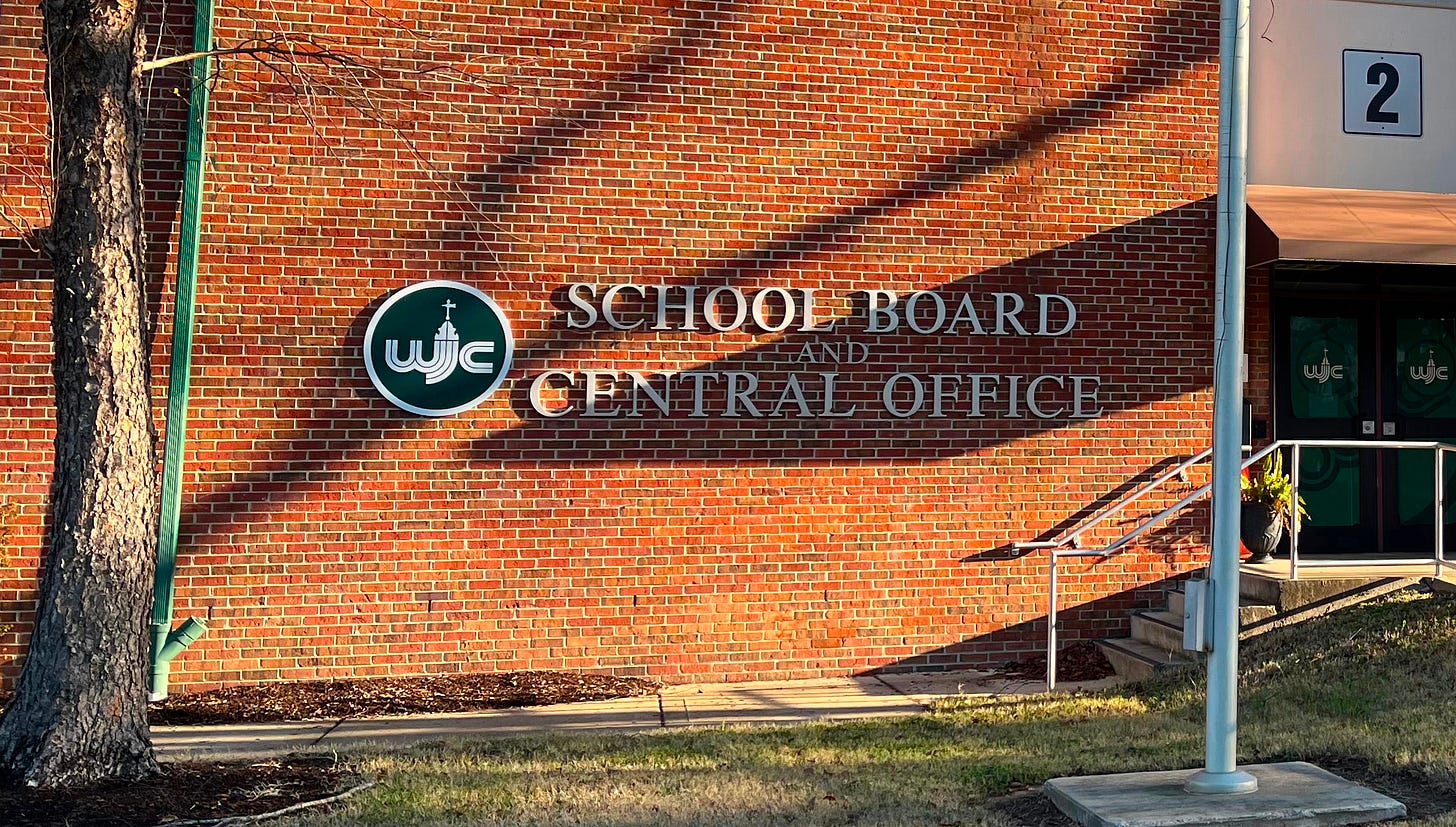COMMENTARY: New WJCC School Contract Signals Eventual Split
Instead of collaboration, distinctions between City/County students and schools drive future funding

Keep reading with a 7-day free trial
Subscribe to Williamsburg Independent to keep reading this post and get 7 days of free access to the full post archives.
